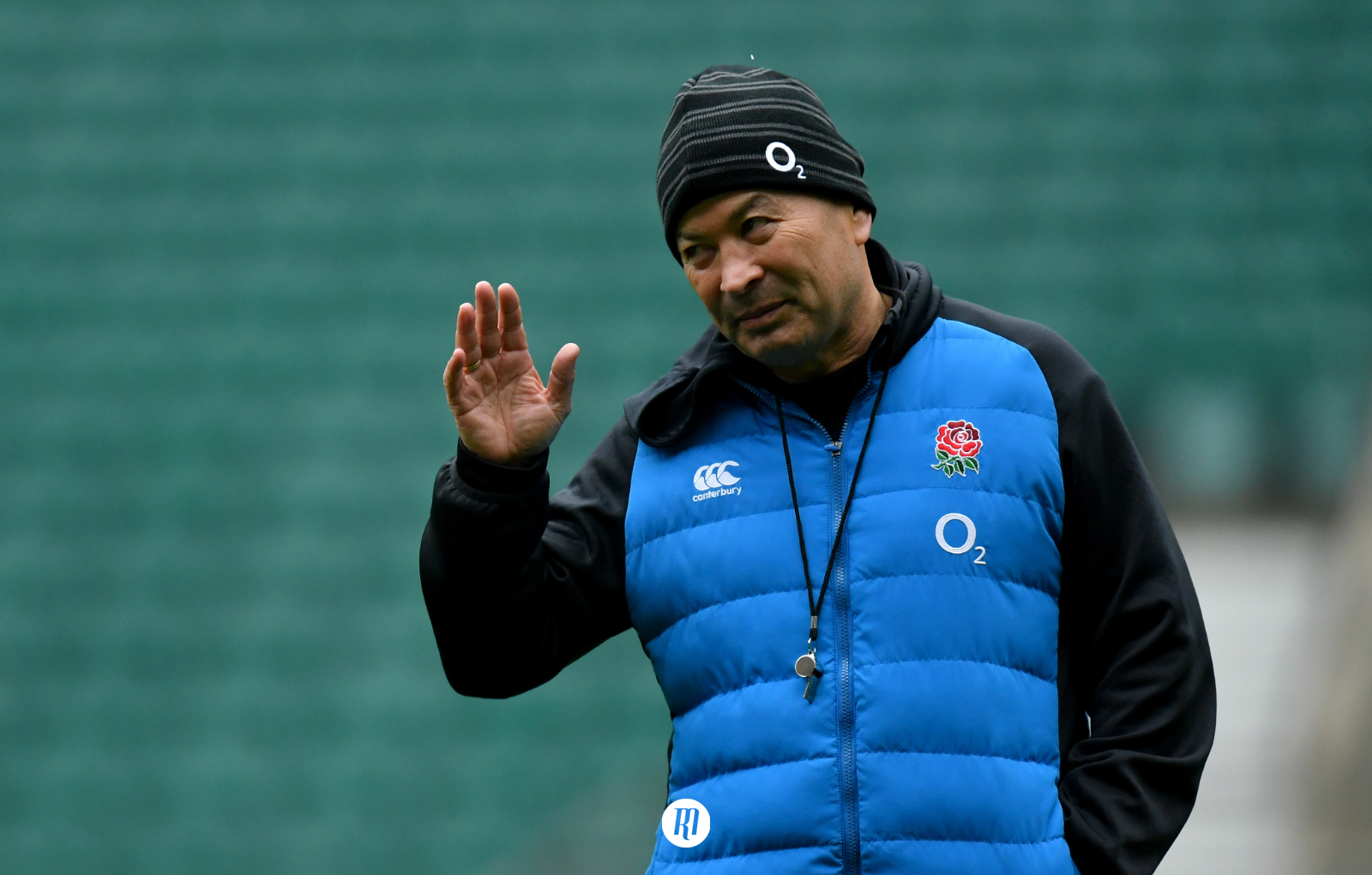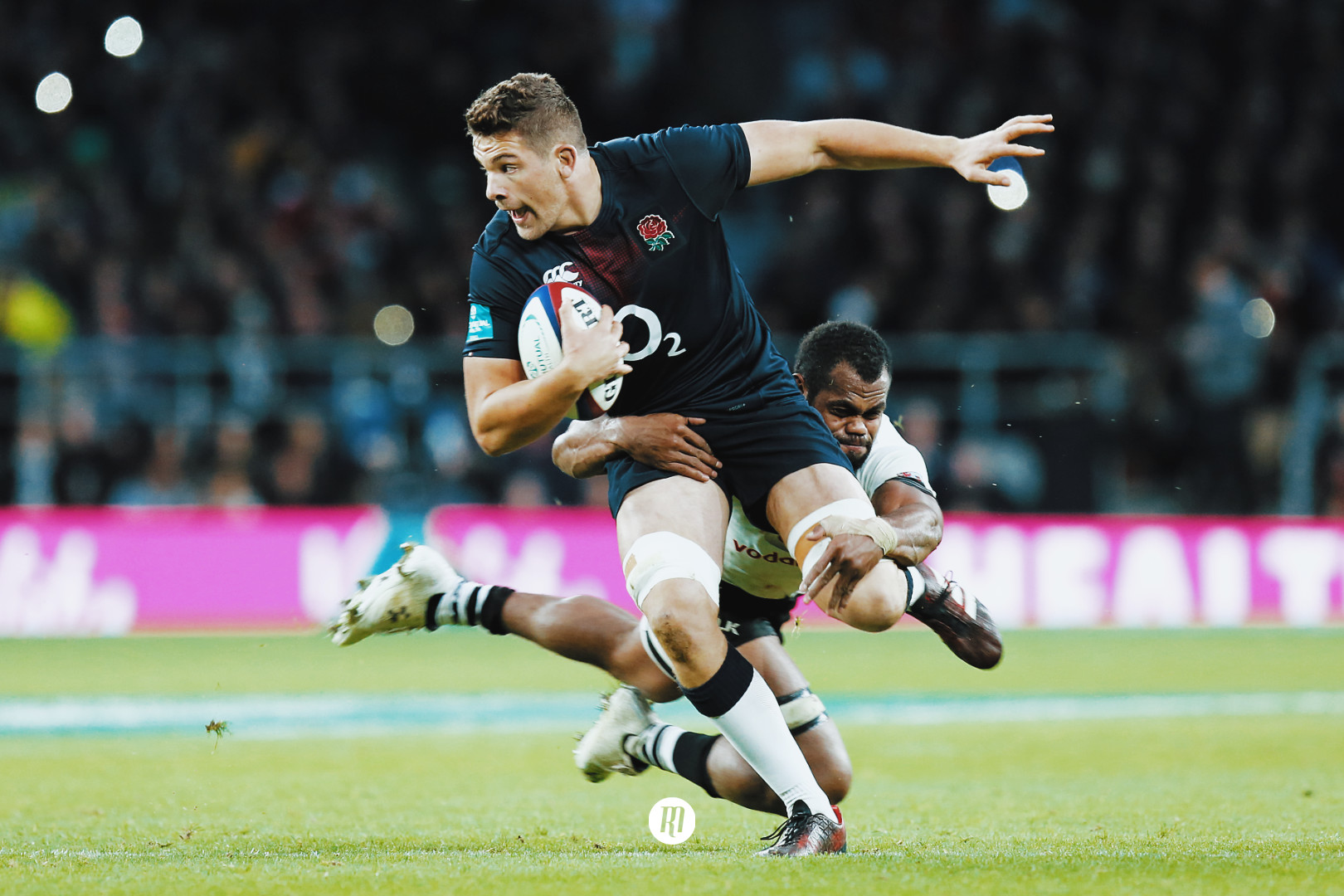What did a Scottish draw mean for Eddie Jones’ rumbling England side?
“It’s over.” “Dead and buried.” “England’s power game is dominating!” Three such comments I saw on social media following England’s overpowering first thirty minutes at Twickenham this weekend.
A half hour bonus-point through scores from Jack Nowell, Tom Curry, Joe Launchbury and Jonny May looked set to bury the visitors before Kiwi referee Paul Williams could sound his half-time blast.
But, England’s unanswered 31 points were met by a stunning 38 from Finn Russell and his band of invading Jocks. If not for an 83rd minute score and conversion from bench fly-half George Ford, having replaced captain Owen Farrell in the 69th minute, Jones and co would have suffered consecutive losses to their oldest rivals. In the words of the afternoon’s commentator Nick Mullins, “Only sport can deliver stories like this.”
Sam Johnson and of course Man Of The Match Russell stood out for the men in navy blue, while the impact of Sale Sharks number eight Josh Strauss in gaining Scotland front-foot ball from the bench must not go unnoticed. Of most notoriety is the quality of the Scots’ reaction to England’s early dominance despite missing a colossal portion of their squad through injury. A list that includes John Barclay, Stuart Hogg, Huw Jones and Blair Kinghorn, amongst others.
But what did this fixture mean for England? And is this a sign of an imminent downfall, a crucial bump on the road to success or simply a non-event in terms of their World Cup journey?
The first lesson the national side will have learned today is that the globetrotting, Barbarians-esque game they trialled in the first-half will require more time to implement than is available before the World Cup in Japan later this year. This edition of Eddie Jones’ England began to amass serious momentum in success this season. Beginning in the 2018 November internationals, changes in personal in both the backline and the pack came into play; including the promotion of the explosive Kyle Sinckler as England’s first-choice tighthead prop and Newcastle hard man Mark Wilson as the side’s number one blindside flanker.
In this November period and the first four 2019 Six Nations fixtures, England averaged six offloads per game, while against Scotland, they doubled up for twelve; most of which came in the first 40 minutes.
England offloads in the 2019 Six Nations
• Vs Ireland: 5
• Vs France: 7
• Vs Wales: 3
• Vs Italy: 8
England offloads in the 2018 November Internationals
• Vs Australia: 7
• Vs Japan: 5
• Vs New Zealand: 3
• Vs South Africa: 8
Jones’s charges were clearly making a concerted effort to expand their game against Scotland. Deft taps to prevent the ball going into touch and clever kicks aplenty featuring heavily throughout their performance; undoubtedly an influence of Australian attack coach Scott Wisemantel.
One intercept from, as of Saturday, England’s most capped scrum-half Ben Youngs to Scotland wing Byron McGuigan and another from Farrell to opposite number Russell shed both further light on their attacking intentions – clearly looking to up the pace of their service and rushing their execution – and highlighted a loss of accuracy whilst under the pressure of a once-again confident Scotland.
There is no doubt that an improved offloading game would continue to benefit England’s once stagnant attack. But, the degree in which they were aspiring to in Twickenham today is more than likely unattainable with only warm up games left before their first pool game against Tonga on the 22nd of September.
Performances against South Africa, New Zealand, Ireland and France over the last five months will be the benchmark for England as they head into Japan preparations.
As far as predicting where this team will go from here, it will all depend on whether they fall victim to self-imposed tunnel vision. If Jones, Wisemantel, Steve Borthwick and John Mitchell become too constricted in their focus, the pillars on which their recent success was built atop will crumble.
With the power game centred around both the forwards and either of Manu Tuilagi and Ben Te’o at inside centre, and the expansive game throughout the rest of the backline spearheaded by Farrell and Elliot Daly at fullback, England have a potential World Cup winning game plan. All that stands between them and putting their best foot forward in Japan is an ability to switch smoothly, and smoothly is the key word here, between the variations within their attacking game.

Filed under:
International, England
Written by: Alistair Stokes
Follow: @alistokesrugby · @therugbymag




